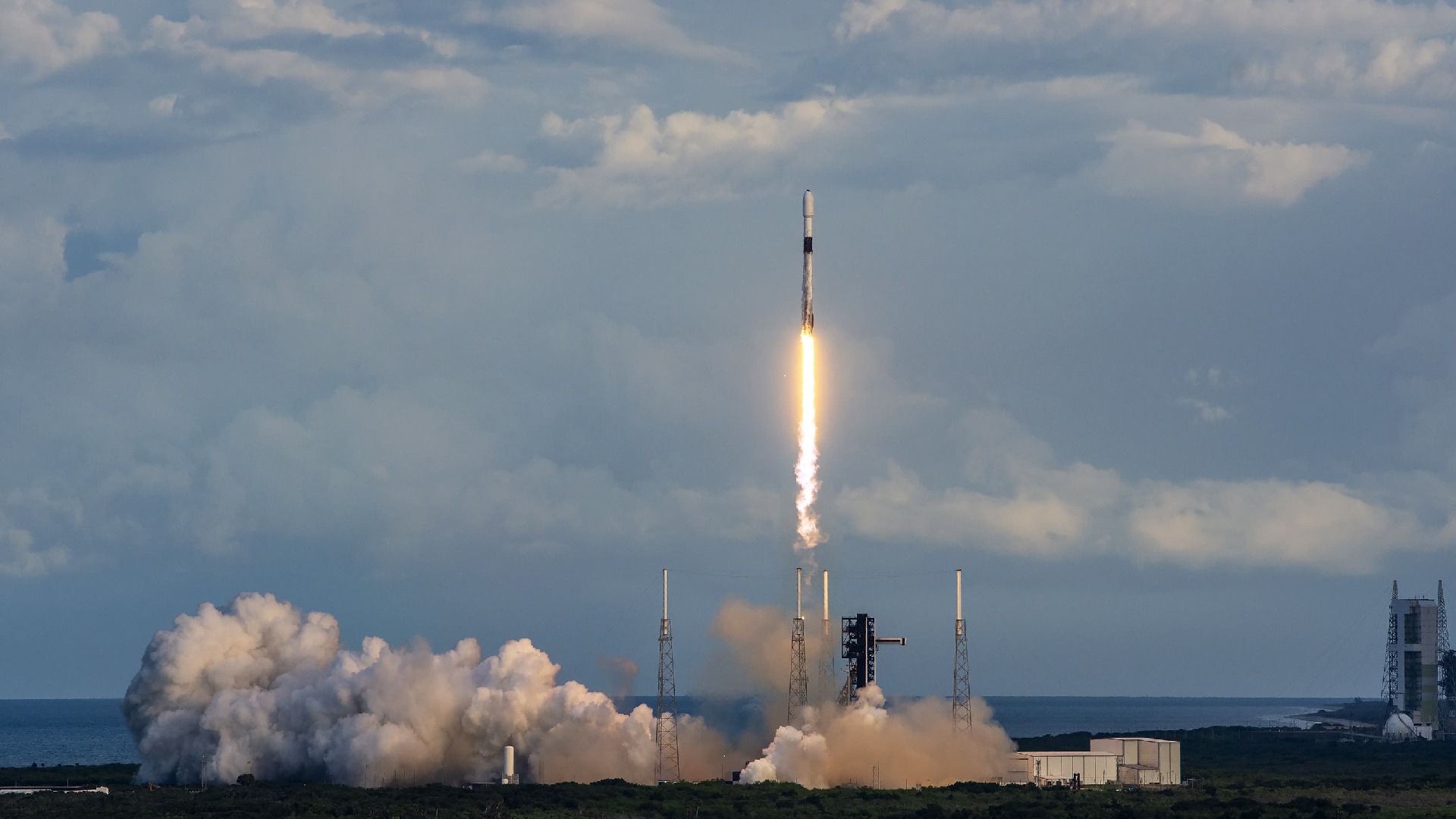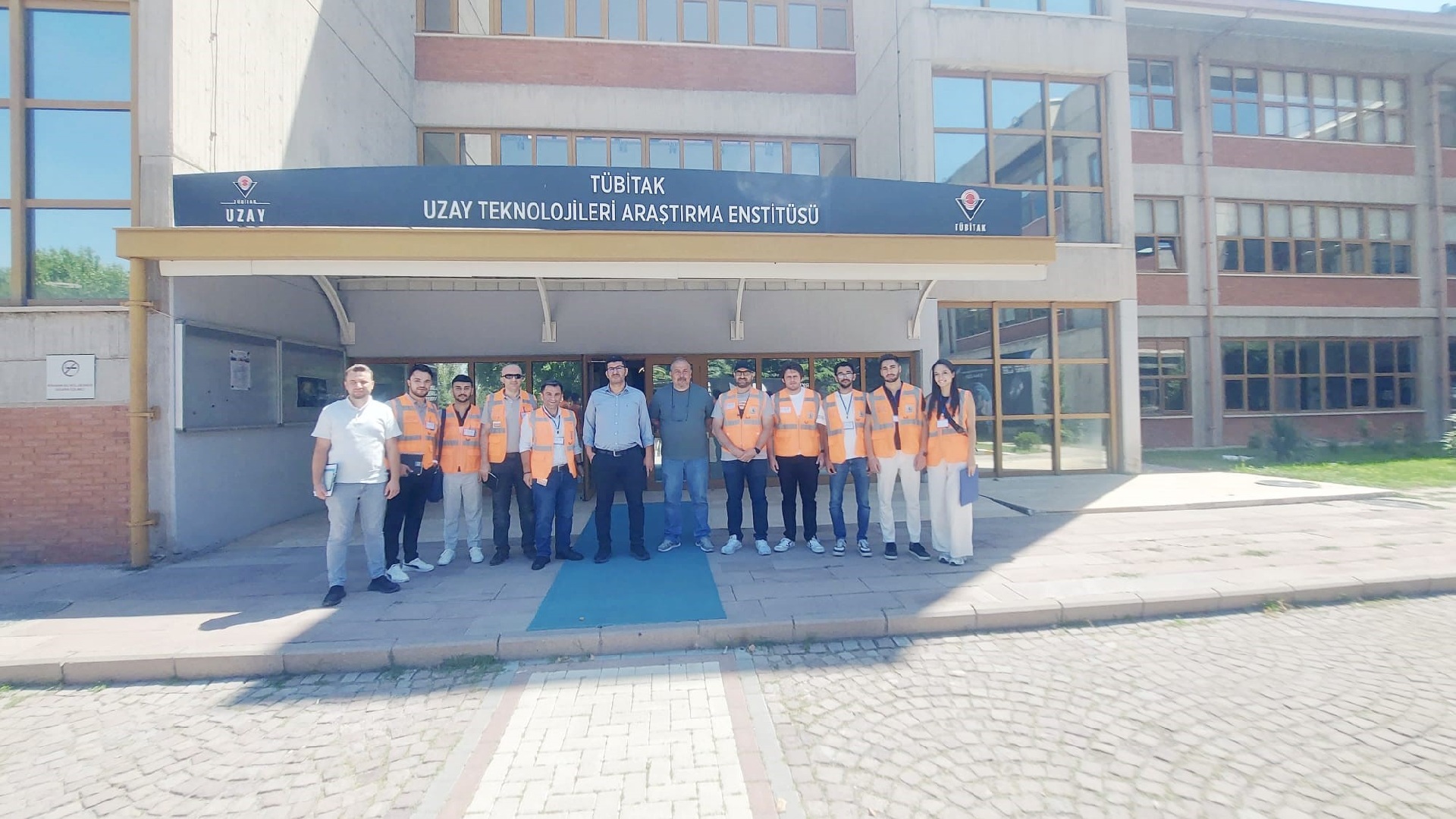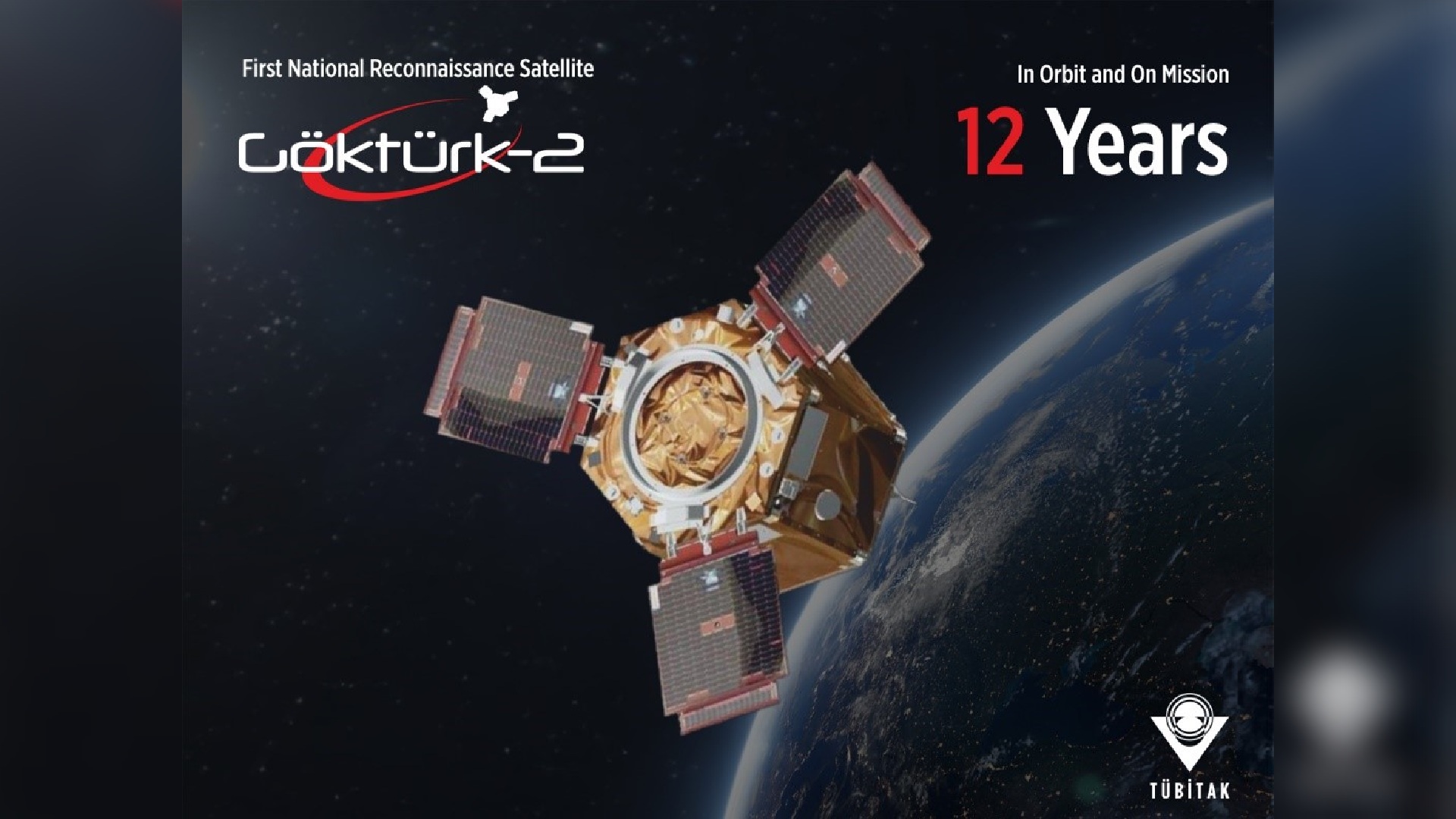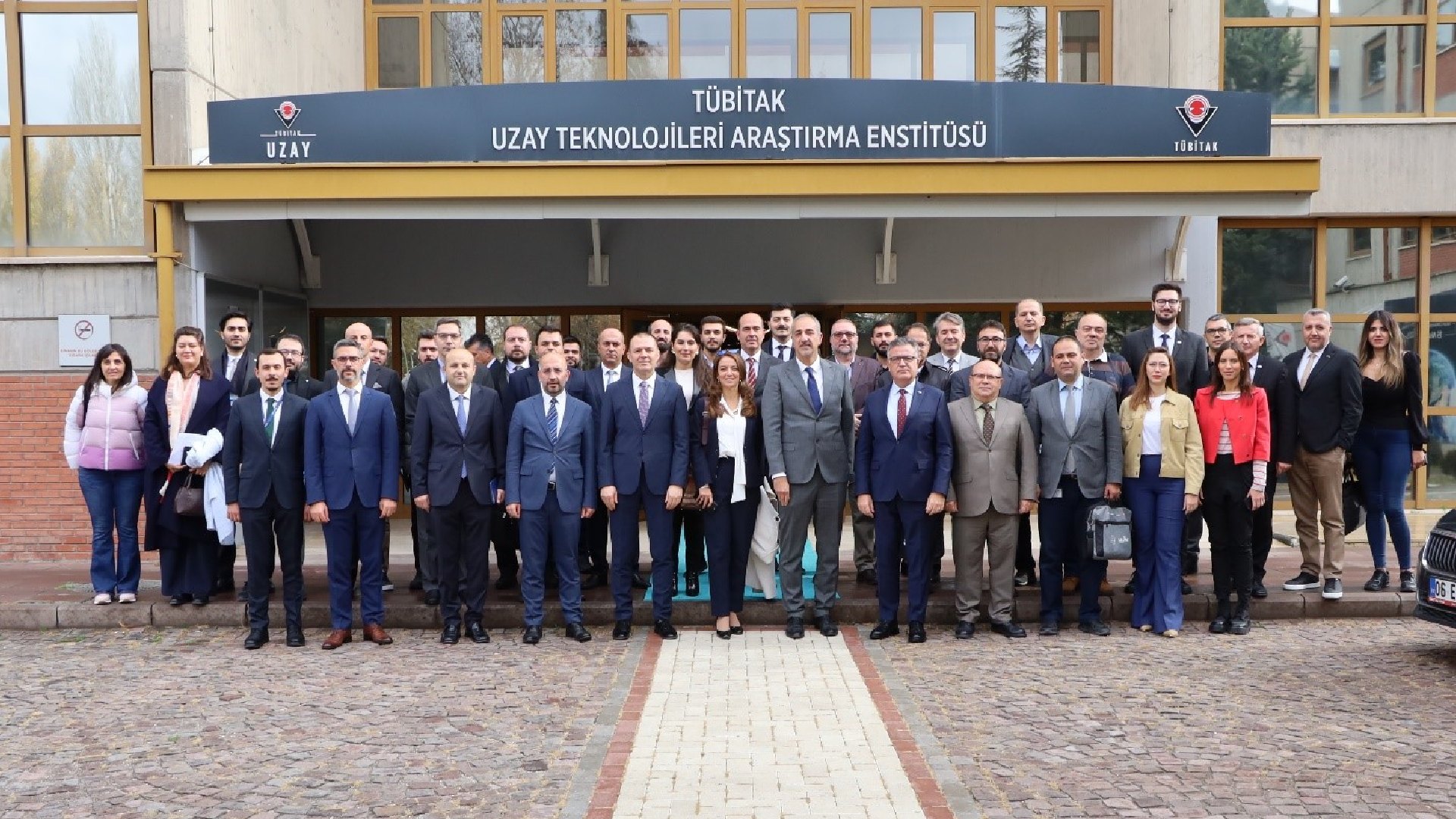The first indigenously-developed national telecommunications satellite of Türkiye, TÜRKSAT 6A, was successfully launched into space on July 9th at 02:30 Türkiye Local Time (GMT+3) from the Cape Canaveral Space Center in Florida, USA, with SpaceX's Falcon 9 rocket. We followed this important step with excitement together with our teams and project stakeholders at TÜBİTAK Space Technologies Research Institute, TÜRKSAT Company facilities and the Space Center in the USA.
The satellite, whose launch was delayed for about two hours due to weather conditions, separated from the launcher in the 35th minute following a successful launch operation.
Reception of the First Signal
In the 65th minute of the launch, at 03.35, the first signal was successfully received from TÜRKSAT 6A as planned. This signal was the first indication that the satellite was working properly and communication with the mission control center was established. One hour after the first signal was received, the first command was successfully transmitted to TÜRKSAT 6A from ground.
Activation of Satellite Systems
After the launch, TÜRKSAT 6A began to move in an elliptical orbit with a perigee of 300 km and an apogee of 70,000 km. During this process, critical operations such as the deployment of subsystems and solar panels were successfully carried out. At 05.24 (GMT+3), when the satellite was at an altitude of 32,479 kilometers, the solar panels were deployed and energy production reached the maximum level. This was an indication that the satellite was capable of producing self-sufficient energy and was ready for long-term missions.
Four Stages to Reach Mission Orbit After Launch
TÜRKSAT 6A will go through 4 different stages for each firing maneuver, until it reaches its final orbit from its temporary orbit.
Orbit Determination
In advance of each firing maneuver after the initial separation of the satellite from the rocket, the first task will be to determine the current orbit using the satellite's communication systems. This stage is critical to determine the exact location and trajectory of the satellite.
Determining Firing Parameters
Based on the satellite's position, the most suitable time, duration, and firing direction for the chemical propulsion engine firings will be determined. These parameters will then be uploaded to the flight computer, which features fully indigenous software and hardware. This stage will determine the correct firing timing and direction necessary for the satellite to reach its targeted orbit.
Execution of Firing Commands
Flight computers will execute firing commands at the appropriate moment and firing will occur. This phase will be a critical step in correcting the orbit of the satellite and bringing it closer to its final orbit.
Orbital Control
After firing, the new orbit of the satellite will be calculated and the accuracy of the operation will be confirmed. At this stage, the orbit of the satellite will be constantly monitored and corrective firings will be made when necessary.
These processes will be repeated until the satellite is in its mission orbit. When these operations are completed, TÜRKSAT 6A will be the indigenous satellite to operate farthest from the Earth. In addition, the operational experiences to be gained during the mission of TÜRKSAT 6A will be invaluable for the Lunar Research Program of Türkiye and lay a significant foundation for future space missions.








